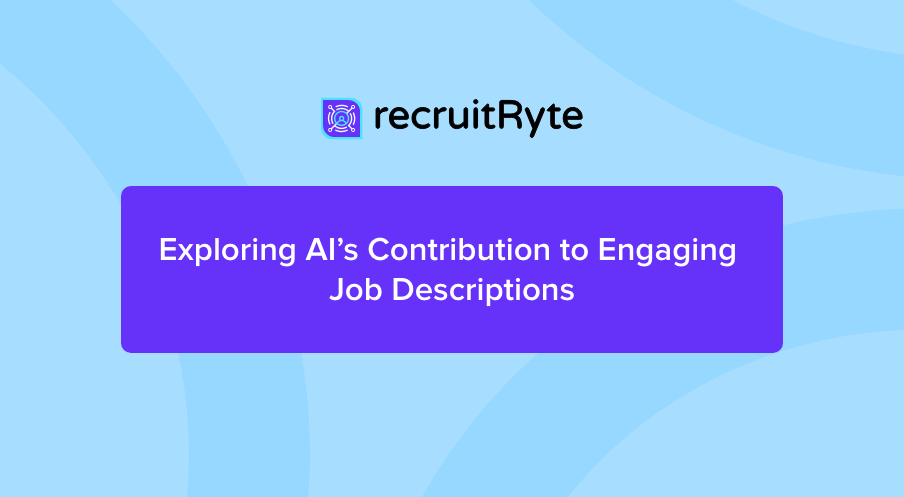Introduction
In today’s competitive job market, creating job descriptions that capture candidates’ interest is essential. Yet, traditional methods often fall short, producing vague or biased descriptions. These shortcomings hinder candidate engagement and may lead to mismatches between job requirements and candidate skills.
Traditional Challenges in Job Description Writing
Crafting effective job descriptions has long been a hurdle for recruiters and HR professionals. Common issues include using technical language, being too general, or unintentionally injecting bias. These obstacles not only deter potential candidates but also increase the risk of mismatches between job expectations and candidate qualifications.
AI’s Impact on Job Description Creation
Advancements in artificial intelligence (AI) have transformed job description crafting. AI-powered tools, utilizing Natural Language Processing (NLP), analyze and refine job descriptions for clarity, precision, and fairness. By recognizing biased language and offering alternatives, AI helps create inclusive job postings that attract a diverse pool of candidates.
Benefits of AI in Crafting Engaging Job Descriptions
Integrating AI into job description writing yields numerous advantages. AI-enhanced descriptions are clearer and more specific, giving candidates a better understanding of role expectations. Furthermore, AI optimizes job postings for search engines, boosting visibility and attracting relevant candidates. Tailoring descriptions based on candidate preferences and skills enhances engagement and improves the likelihood of finding suitable matches.
Future Trends and Implications
As AI evolves, the future of job description crafting looks promising. Emerging technologies promise greater accuracy and efficiency in analyzing and refining job descriptions. However, ethical considerations and the necessity of human oversight remain crucial as AI assumes a larger role in recruitment practices.
Best Practices for Using AI in Job Description Writing
To effectively leverage AI, recruiters should adhere to best practices. This includes selecting AI platforms that align with organizational values and ensuring ongoing human oversight to maintain quality and mitigate biases.
Introducing recruitRyte: Your AI Recruitment Companion
Step into the future of recruitment with recruitRyte, the premier AI powered job description generator. With its advanced technology and user-friendly interface, recruitRyte simplifies the process of crafting compelling job descriptions that resonate with top talent.
Embrace the next evolution of recruitment with recruitRyte’s AI-powered job description generator. Bid farewell to manual drafting hassles and welcome precision, efficiency, and engagement. Embark on your journey to attract top talent today. Experience recruitRyte now!
By seamlessly incorporating AI into your recruitment arsenal, you can unlock newfound efficiency, precision, and success in crafting captivating job descriptions. Embrace the transformative power of technology and elevate your recruitment strategy with AI-powered solutions like recruitRyte.
Conclusion
In conclusion, AI’s integration into crafting engaging job descriptions marks a significant step forward in recruitment practices. By addressing traditional challenges and offering numerous benefits, AI-driven job description writing has the potential to reshape how organizations attract and hire talent in the future.
